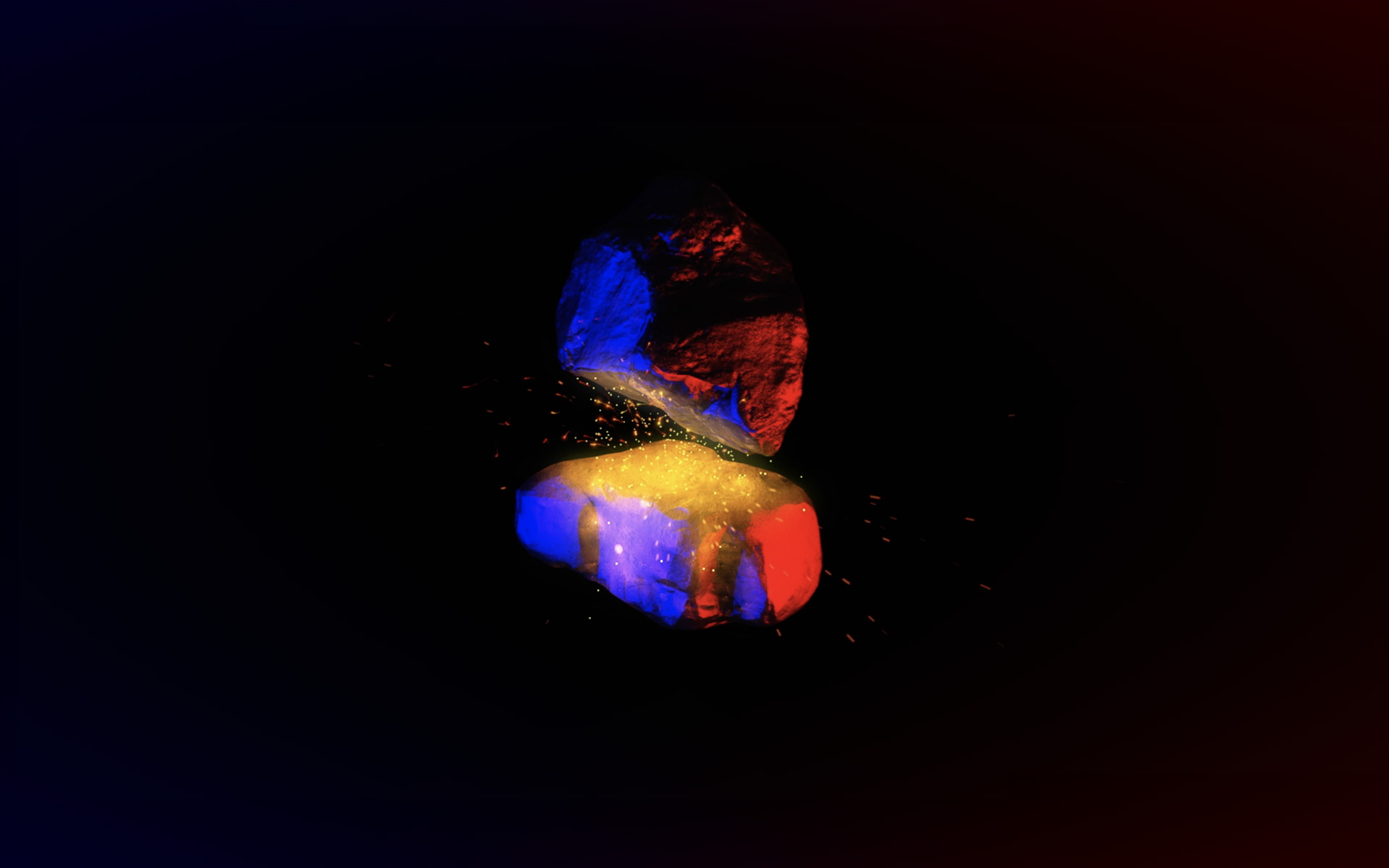



Prison to Prison, an Intimate Story between two Architectures is a project that explores the existence of an unprecedented Freespaceinside the unlikeliest place and in close relationship with its larger opposite.
The notion of Freespace is largely political and provides a unique opportunity to talk about what is urgent today, and about understanding conversation as the only possible way for architecture.
In 2017, the largest building erected in Uruguay was a prison, a large-scale replica of a generic, imported, abstract model of a prison. This symbolic fact bears witness to the desires and fears of our society and the power that architecture can have.
However, not everything from the south is bad news. Ironically enough, the New Prison was built adjacent to the existing Punta de Rieles Prison, often referred to as the ‘Village-like Prison’. A unique experience in our country, and in the world, in which the jail is understood as a lively, vibrant neighbourhood that imitates the outside on the inside, resulting in an unexpected Freespace for collective projects and negotiations inside a detention centre.
This is how two opposite architectures in terms of their understanding of punishment, surveillance, technique, space and, above all, power, freedom and humaneness coexist forcibly, in an almost schizoid way.
In this respect, Prison to Prison proposes research focusing on the juxtaposition of these two different realities in order to open other dialogues that will exceed the study subjects themselves, will enrich us, and will then help us to look (and look at ourselves again). This is therefore the perfect excuse for us to reconnect with architecture and its generous, and necessary, cultural dimension enabling unexpected empowerments.
Uruguay Official Participation 16th International Architecture Exhibition La Biennale di Venezia 2018
Curators
Sergio Aldama, Federico Colom, Diego Morera, Jimena Ríos, Mauricio Wood
Commissioner
Alejandro Denes
Assistant Commissioner
Angélica Lazarimos
Experience Design
Head Brothers
Experience Content
Florencia Lindner, Matices Culturales, Fabián Sarubbi, Marco Colasso, Juan Pablo Colasso
Design Assistance
Bruno Baietto
Editorial Design & Visual Identity
Carolina Ocampo, Sofía Ganduglia
Photos
Antoine Reboul









